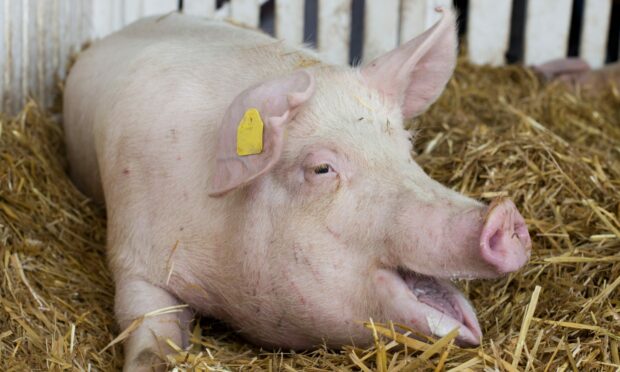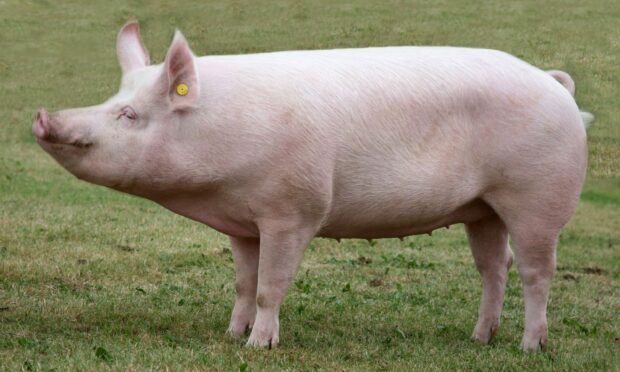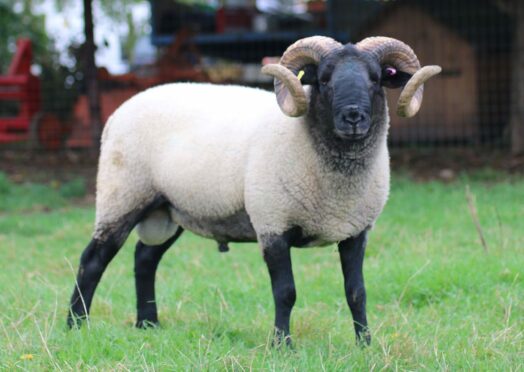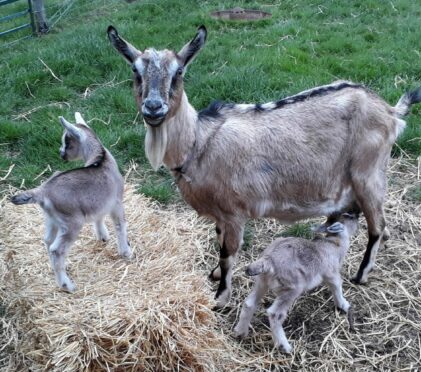A pig breed that once enjoyed huge popularity across the UK has been added to the Rare Breeds Survival Trust (RBST) watchlist.
The Large White – or “Yorkshire” pig – was prolific in the 1950s, and had a major influence on the commercial pig industry, but a trend for crossing it with Landrace pigs resulted in a dramatic decline in pedigree numbers in recent decades.
A further significant fall in the population from 900 animals in 2000 to just 125 today has prompted the charity to add the breed to its highest priority category of concern.
RBST chief executive, Christopher Price, said seven of the UK’s 11 native pig breeds are now in that category.
He added: “Some of our native breeds are in pretty dire straits right now. The pig industry has had an awful year and the situation for native pigs is very concerning.”
Turning to sheep, Mr Price revealed there has been a significant decline in births of one of the UK’s oldest sheep breeds, the Norfolk Horn,
“If we lose these breeds, we lose not only an irreplaceable piece of our heritage, but also their unique genetic value and their crucial contributions to a future for farming where food production and the environment go hand in hand,” he said.
Other breeds to see a deterioration in numbers during 2021 include Gloucester cattle.
However, Mr Price said some rare livestock are holding up well.
“In changing commercial conditions and as environmental sustainability comes to the fore of agricultural policy, the UK’s native breeds of livestock are increasingly attractive for farming and land management,” he said.
“Breeds enjoying an improving situation include the English goat, Lincoln Longwool sheep, Middle White pigs and Vaynol cattle, we now have the chance to harness these welcome improvements into further success for these breeds.”
Eriskay pony numbers remain very low but stable, and there is positive news for native breed goats which have grown in popularity.



